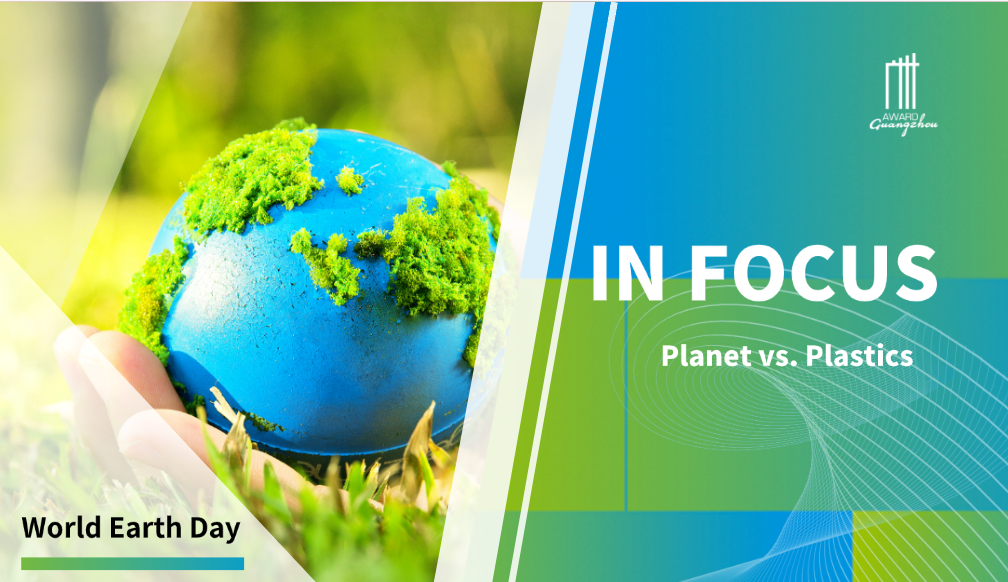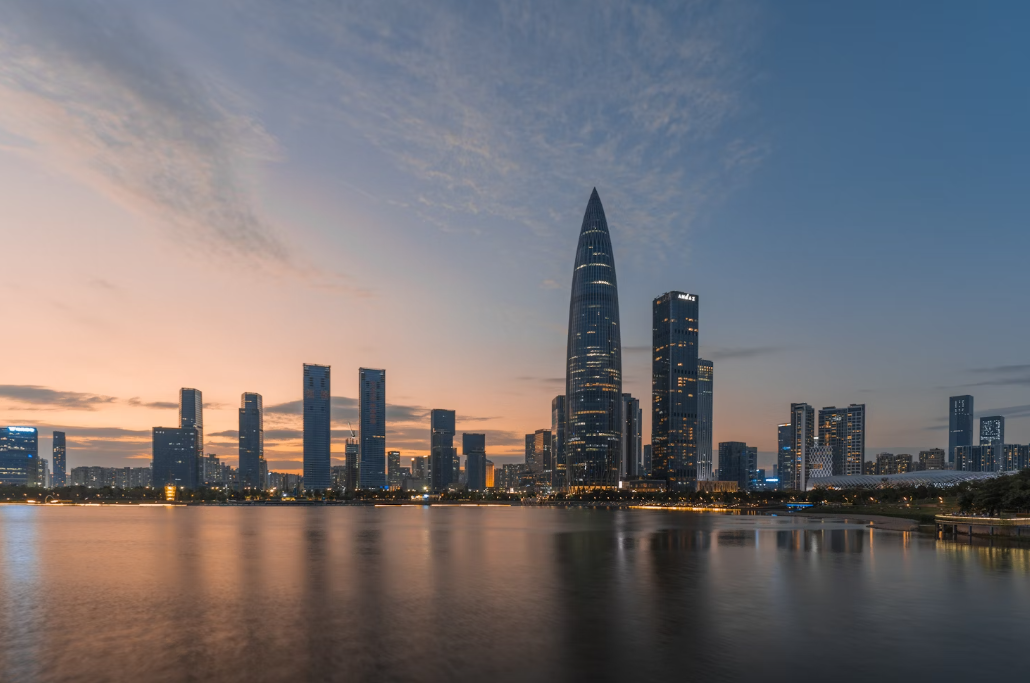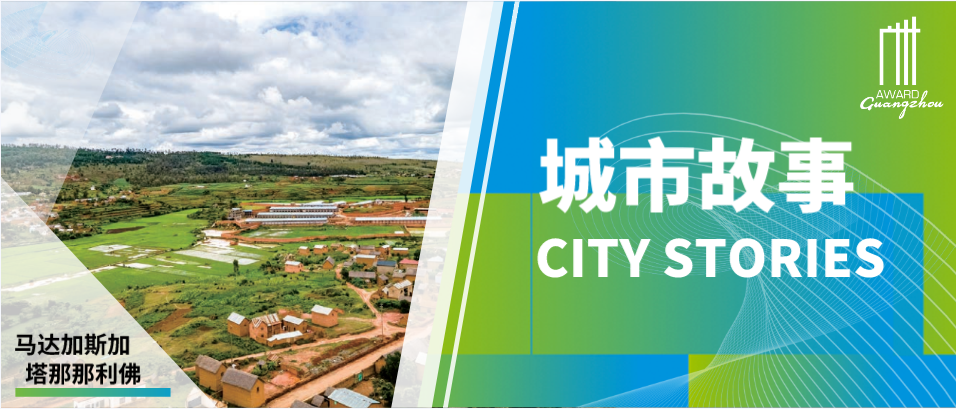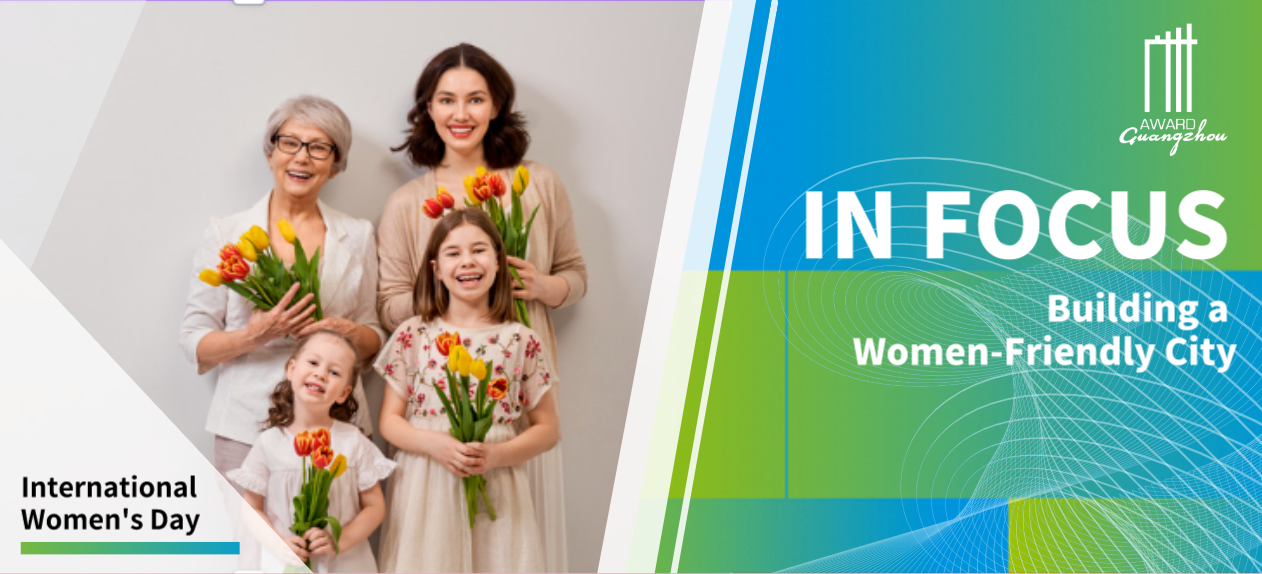Busan, Republic of Korea
Creative Urban Regeneration Project for the Establishment of a Sustainable City
Background Information
The legal basis for the project includes the Special Act on Promotion and Support of Urban Regeneration, Busan Metropolitan Government Ordinance on Promotion and Support of Urban Regeneration, and Busan Metropolitan Government Ordinance on Support for Creating Livable Neighborhoods.
Moreover, the BMG has officially adopted its Declaration on the Urban Regeneration of Busan, which describes its intention to pursue sustainable development, promoting a better future and human-centered regeneration projects.
The key sentences are as follows:
First, we will realize creative urban regeneration through cooperation with civil society based on the dynamism and passion of Busan’s people.
Second, we will establish the identity of Busan as a maritime center and foster its unique geographical and cultural characteristics.
Third, we will reject any uniform type of development and create a pleasant and convenient living environment highlighting local features.
Fourth, we will promote the cultural welfare of citizens and create emotionally rich urban communities.
Fifth, we will rediscover local resources and expand creative funding, thereby achieving economic communities based on mutual trust.
Goals of the Initiative
The goals of this project are as follows:
First, the project should renovate and improve the hardware infrastructure that constitutes the historic and cultural environment of an area that has changed little in terms of physical appearance through recent decades.
Second, the project should reinvigorate the community of residents, which will alleviate the trend of population decline and aging.
To this end, BMG embarked on an urban regeneration project in 2010. To ensure the financial stability and sustainability of the project, it formulated beneficial laws and municipal ordinances and established the Center for Creating Livable Neighborhoods (a predecessor of the incorporated foundation Urban Regeneration Center, Busan) as a mid-level bridge organization facilitating effective governance through public-private partnership. The center linked residents and administrators and took responsibility for the education of public officials, residents, and activists toward building their urban regeneration capacity.
The project achievements are evaluated on an annual basis through urban regeneration project assessment, the results are reviewed, and resolutions sought on issues regarding individual projects are shared. In 2015, a strategic plan for urban regeneration was established, which includes a newly formulated strategy for the overall city and selected target areas.
Parties and Partners to the Initiative
The creative urban regeneration project is a collective achievement of the public and private sectors and local communities. The baseline plan for urban regeneration was designed by the public sector. The BMG established the strategic plan and master plan, secured the financing, and formulated the institutional basis. Action plans for individual districts were drawn up jointly by residential councils and district offices. Urban regeneration facilities installed in respective districts are being operated by community-based corporations. Education programs for the capacity-building of project participants and development of area resources are in the care of local universities, academic societies and non-profit organizations.
The greatest beneficiaries are the residents of the deprived neighborhoods. Education programs are provided to the unemployed to help build up their capacity, providing a new chance to start a business or find a job. Jobs are created in these neighborhoods as well whenever a community group is turned into a cooperative, social enterprise, or corporation. Profits accrued from the transformation of the neighborhood into a tourist resource are returned to and utilized by the neighborhood itself, allowing all residents to enjoy the benefits.
Resources Used for Implementation
The urban regeneration project is the outcome of a successful combination of BMG’s financial and human resources. The project was mainly financed by the local and national governments. Professors from local universities, experts in respective fields, and NGO activists are engaged in the project as planners or advocates. Based on MOUs, the Urban Design Institute of South Korea and the Architecture and Urban Research Institute provide consultation with regard to urban design issues. Community programs such as Creating Livable Neighborhoods and projects to support residents are being operated in connection with local universities, companies, private sector as well as corporate social responsibility programs.
Innovation for the Initiative
The project has made innovative changes to urban management policies. Previously, the slum district was considered a matter of concern and the residents were viewed negatively as in need of enlightenment from a negative perspective. However, the creative urban regeneration project infuses a narrative, arts, and culture into dilapidated areas and has creatively utilized their physical spaces, focusing on the preservation of local features. Resources for narratives and cultural content were developed by residents, which in turn have propelled resident-participatory projects. More comprehensive support was given to the disadvantaged in poor areas and partnership-based projects in have transformed the avenues available for the disadvantaged to engage in problem-solving. In particular, this community-led process, which obliged communities to implement projects and balance the accounts when applying for a project drawn up by themselves, motivated residents to become more involved with their communal issues and with finding solutions.
Innovation has been applied in
The project is applicable to urban management policies in newly industrialized countries. They often experience over-urbanization through which populations rapidly soar beyond the city’s capacity in terms of housing, traffic and suitable geography. Such an abrupt shift not only brings about changes in urban spaces, but comes accompanied by social issues over time, such as aging, the slowing of the local economy, and an outflow of population. However, such countries conventionally remain interested in urban management policy, placing their focus on the physical development of cities, and usually based on private funding, paying little attention to the role of the public sector.
The BMG’s project was conducted in a comprehensive manner by setting up an organization which incorporated individual projects in different fields such as tourism, culture, welfare, and employment and connecting the separate development plans. It extended the scope of resolutions from physical regeneration to social and economic regeneration, and switched its direction to becoming tailored to local spaces and features. This is applicable to urban management policy designed to address the decline of an aging downtown area.
Obstacles and Solutions for Innovation
Despite the substantial outcomes derived from collaboration between residents and the public and private sectors, particularly for those who directly participated in the community projects, such as in decision-making by residential councils, or for those who were employed in startup businesses in relevant fields or becoming involved on a voluntary basis, it was considered that many residents were still being ignored or excluded from the project.
In this regard, workshops, onsite training programs, and seminars were planned in order to elicit participation and interest in a variety of forms and from as many residents as possible. In addition to the improvement of the physical environment of the neighborhoods, profits accrued from the tour business project were restored to the community and reinvested in housing repair, blanket washing services for the elderly and the operation of a free shuttle bus for residents. This effort to extend the benefits of urban regeneration to additional residents who had not been directly involved in the project was effective in increasing both the direct and indirect participation of residents, thus reinvigorating the entire community.
Outcomes and Assessments
Through the urban regeneration project, the BMG has realized the potential of poor districts in terms of historic and cultural properties, natural environment and human resources, creating an income source for residents. It has also breathed life into these localities to help assure their sustainability.
When an urban area created in the modern era is subjected to a redevelopment project, communities often collapse and the memories and cultural assets accumulated in the process of urbanization disappear. In addition, residents of poor neighborhoods who suffer from the vicious cycle of poverty are continuously forced into migration due to unstable settlement.
The BMG’s creative regeneration project is designed to provide jobs within the neighborhoods along with improving the living environment. It simultaneously enriches urban life through a series of programs designed to preserve the communities within the city. The project has demonstrated governance based on a public-private partnership composed of residents, administrators and experts, enhanced transparency in decision-making on policies and efficiency in budget execution. At present, there are 11businesses, 17 cooperatives and two non-profit organizations being operated by local communities and, beyond simply being beneficiaries of public services, they now function as co-producers of public policies.
Methods Applied
The urban regeneration project is proceeding based on decisions made by residents, administrators, and experts following discussion. Every resident is allowed to participate in meetings discussing issues within their community. Such councils take part in the practical planning, implementation, and operation of community projects. To preserve and revitalize their neighborhoods, all walks of life, including seniors, women, and youth all directly take part in addressing community issues and engage in volunteering activities by building their capacity to tackle problems such as unemployment, improving living conditions, and promoting tourism in their community.
Urban regeneration projects are prioritized for budgeting based on the level of participation by residents and governance of public-private partnerships. Where a project is implemented by a community, and consultation is provided in stages from administrative procedures to project plans, organizing residents, case studies, and mentoring programs. Once a project is completed, the processes and results of the project are shared with residents by holding a presentation session on case studies. This helps to bridge the digital divide between residents and administrators and strengthen the partnership between the two parties.
Gamman Creative Culture Village: a Creative Space Where Residents and Artists Work Together
Background Information
The Gamman Project is Busan’s first “soft power” policy, which, contrary to hardware options like SOC, should effectively improve the quality of citizens’ lives at minimal cost. Through low-budget soft power policies, Busan expects people to quickly notice an improvement in their quality of life.
Such Busan policies are designed to: 1) uncover solutions for inconveniences experienced by citizens; 2) explore ways to improve overall quality of life in such areas as housing, welfare, environment, culture, transportation, and education; and 3) improve administrative services.
With the aim of further enhancing quality of life and the city’s competitiveness, Busan has broken from conventional hardware-focused policies to undertake this first soft power initiative.
Goals of the Initiative
Gamman Creative Culture Village, a complex community space for culture and the arts alongside welfare functions for residents, opened on November 20, 2013. This heralded the beginning of the project.
With the ultimate goal of creating a cultural community where artists and culture-loving residents communicate and activate a “living culture” through urban regeneration, this project has a step-by-step process of development that spans over five years.
Initiated in 2013, the project focused on developing an understanding of the area’s circumstances and raising public awareness. The focus then shifted in 2014 to defining the roles and functions of the culture village through program development and operations for the benefit of residents. In 2015, it prepared the expansion of target activities for urban regeneration, including the strengthening of residents’ roles within the village. A detailed implementation plan for cultural urban regeneration was set up in 2016 with a “living culture community” being promoted as the core and a festival-planning group was launched. By 2018, the outcome of the project will have been objectively evaluated, which in turn will lead to the establishment of further long-term strategies for the project.
Parties and Partners of the Initiative
The Gamman Creative Culture Village Project has been driven by the public sector along with voluntary cooperation with the private sector and local community. Although Busan City Government initiated the project, it was designed and outlined to reflect the opinions and ideas of residents, experts, and many others. Before launching the project, discussions were held which included participation from lawmakers, city councilors, citizen representatives, experts, and other stakeholders, while a briefing session also took place in the field. Moreover, a consultative committee for private consignment was organized, which selected the Busan Cultural Foundation as the operator for the project. This foundation, established in January 2009 with a mission of transforming the city into a genuine cultural community to enrich citizens’ lives through the promotion of cultural or creative activities, made the bold decision to relocate its head office to Gamman Village. Furthermore, the Gamman Social Welfare Center, previously located in a hilly area, was moved to the Creative Culture Village for the convenience of local residents.
In this way, Gamman Creative Culture Village came to be established, and today more than 120 artists and about 25,000 residents of the Gamman district are enjoying the cultural and welfare benefits generated by the project.
Resources Used for Implementation
The whole cost required for the Creative Culture Village operation is financed by Busan Metropolitan City. Every year, the city government allocates approximately 500 million KRW for the project.
As for human resources, a key factor in the success of the project has been the local artists and relevant organizations who have been central players. Artists who would otherwise not be able to afford to rent spaces to pursue their creative activities have acquired individual spaces where they can communicate with residents in the village through the arts. In cooperation with the Gamman Social Welfare Center and Gamman 1-dong Community Center, various types of welfare businesses are being created for residents. Through interactions with a nearby army logistics unit, culture and art educational programs for military service personnel are also being offered.
By building on the available strengths and addressing the weakness among artists and residents, the project is creating a virtuous cycle.
Innovation for the Initiative
Gamman Creative Culture Village Project is the first example in South Korea of urban regeneration through culture and welfare. As part of its urban regeneration efforts, an abandoned school near Gamman Port came to be reborn as a cultural complex where cultural and welfare functions are being provided together.
After analyzing existing cases of utilization of closed schools, the city of Busan learned how problems such as difficulties with self-sufficient operation and lack of communication between artists and residents can occur when the facilities are repurposed as cultural and creative spaces. Also, simple welfare facilities are only accessible to a limited class of people and provide few functions for the future. To prevent such issues from occurring, prior to implementing the project the city of Busan created four different principles after hearing various opinions and ideas from residents, experts, local academics, and members of artistic circles.
The four principles are: 1) to make the best use of the existing school building at minimal cost; 2) to bring to the area creative and future-oriented facilities after fully reflecting residents’ opinions; 3) to utilize complementary facilities for multiple purposes; and 4) to first attract facilities likely to be self-sufficient.
Innovation has been applied in
As this project makes use of existing resources—a shuttered school complex—it was possible to minimize project costs and allow residents to share spaces created through urban regeneration. Therefore, all stakeholders benefit.
Everywhere in the world, changes in the industrial environment are bound to result in unused idle facilities or properties which can easily become isolated from the society. Projects like Gamman Creative Culture Village can provide positive and innovative solutions for dealing with this problem. As for Gamman Creative Culture Village, the total project cost, including the cost of acquisition of land and remodeling structures, was roughly KRW 12 billion (relatively low compared to other similar projects), but the impact has been enormous. The image of the area was greatly improved, the local economy was revitalized, and residents have been able to enjoy improvement in their quality of life.
Obstacles and Solutions for Innovation
In this project, local residents are regarded as the main beneficiaries. Ironically however, there was at first fierce resistance from locals since most of them considered culture and the arts to be something exclusively reserved for the rich while direct welfare support is a realistic avenue for assistance. When exhibitions and performances were held in the initial stages of the project, they seldom showed interest in these cultural events. However, the Busan Cultural Foundation, the project’s operator, did not give up and continued working to win over residents by operating a neighborhood cultural space for residents where free film screenings and cultural activities were offered, providing them with a good opportunity to develop an affinity for culture and to develop the notion that culture and the arts can be enjoyed by all.
As elderly people and parents with young children are major demographic groups in the area, social media-based promotion is seldom effective. Therefore, offline promotional activities are operated in parallel with online efforts. When a cultural event is scheduled to take place, the staff are dispatched to local markets or go house-to-house to promote the event and distribute event announcements. It may not be easy, but such efforts prove successful. Residents have gradually opened up and started to feel more comfortable with culture.
Outcomes and Assessments
The Gamman Creative Culture Village Project has five primary missions:
The first is the creation of a complex creative space. The city of Busan is doing its best to help establish a stable and sustainable environment for art and creativity by, along with other support, providing local artists with spaces for creative activities. The five-story Culture Village building houses 14 rooms for artists on the fourth floor and a performing arts practice space on the fifth. These are effectively shared by some 120 artists.
The second mission is the establishment of a regional culture community. As part of its innovative urban regeneration efforts, the Busan City Government is trying to help foster creativity among artists and form a regional community for culture where both artists and local residents can share and enjoy cultural and artistic activities together.
The third is the implementation of community arts education. Artists in residence are offering residents culture and art education utilizing their personal expertise.
The fourth is the development of a new model for transforming idle facilities into cultural spaces. Through the implementation of Gamman Creative Culture Village Project, Busan has successfully identified a best practice in the area of urban regeneration through culture.
The fifth mission is the promotion of art and culture as well as living culture. By offering workspaces to artists, they can feel secure and more settled when undertaking their creative activities, which in turn can fuel creativity among artists and provide residents greater opportunities to share and enjoy culture and art in their daily lives.
Methods Applied
The Gamman Creative Culture Village Project selected four activities to drive the project.
First, it runs the “Gamman Creative Culture Village Open Studio” in which resident artists are able to exhibit their artwork or hold performances.
Second, it hosts a “Gamman Creative Space Network Workshop” for the promotion and reinforcement of the network between the relevant people in the arena of creative spaces and artists from home and abroad.
Third, a regional community for culture has been formed and operates various kinds of culture and art experience programs for residents, including young people, featuring the participation of artists in residence.
Fourth, the annual Gamman Art Festival encourages local residents and artists in residence to participate in the “Recycling Art Project” and Gamman Performance Festival, among other events.
-
 In Focus | The World Earth Day: Planet vs. Plastics
In Focus | The World Earth Day: Planet vs. Plastics -
 Urban Innovation in China | Shenzhen: How to Maintain Momentum to Achieve Carbon Peak by 2030 While Leading Green and Low-Carbon Development?
Urban Innovation in China | Shenzhen: How to Maintain Momentum to Achieve Carbon Peak by 2030 While Leading Green and Low-Carbon Development? -
 City Stories | Antananarivo, Madagascar: Building Resilience in the City Food System
City Stories | Antananarivo, Madagascar: Building Resilience in the City Food System -
 In Focus | International Women’s Day: Building a Women-Friendly City
In Focus | International Women’s Day: Building a Women-Friendly City























 Tel: +86 20 3780 4434
Tel: +86 20 3780 4434 Email: info@guangzhouaward.org
Email: info@guangzhouaward.org Address: Rm 1609, FuLiXinTianDi, No.307 Guangzhou Dadao Zhong, Yuexiu District, Guangzhou, Guangdong, 501600, PRC
Address: Rm 1609, FuLiXinTianDi, No.307 Guangzhou Dadao Zhong, Yuexiu District, Guangzhou, Guangdong, 501600, PRC




